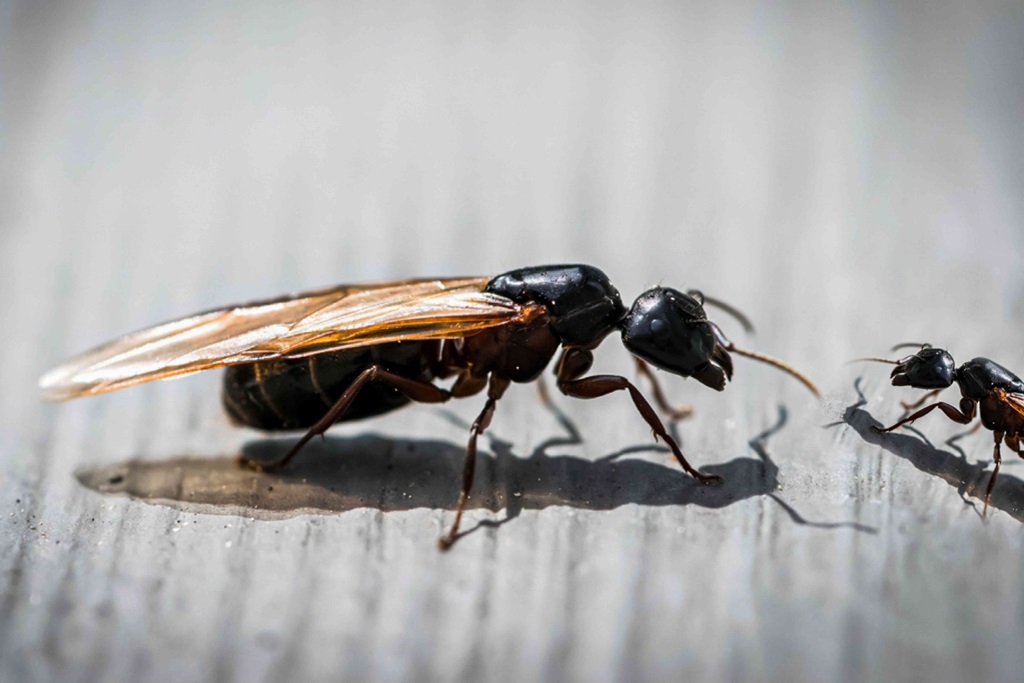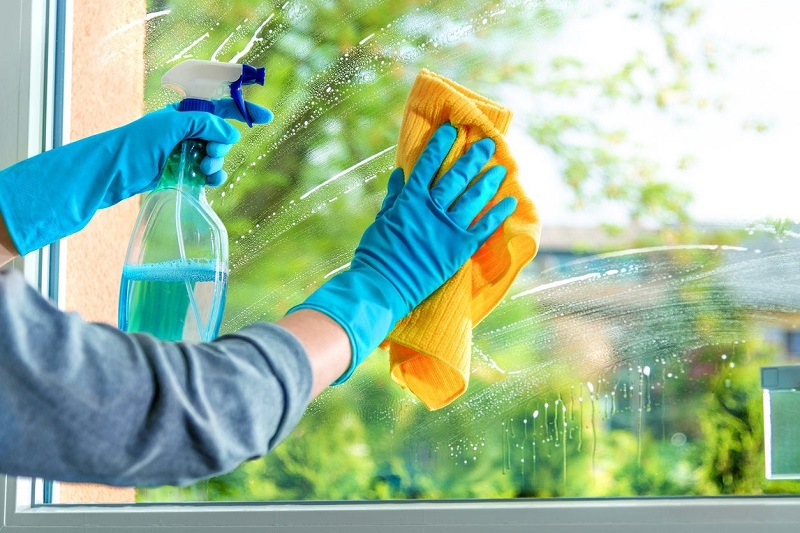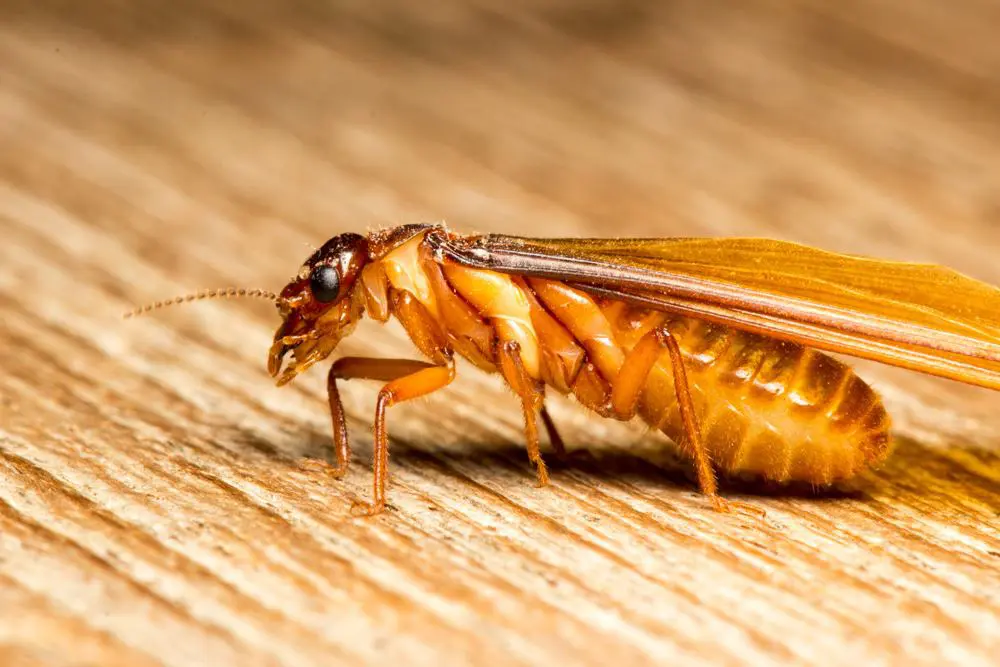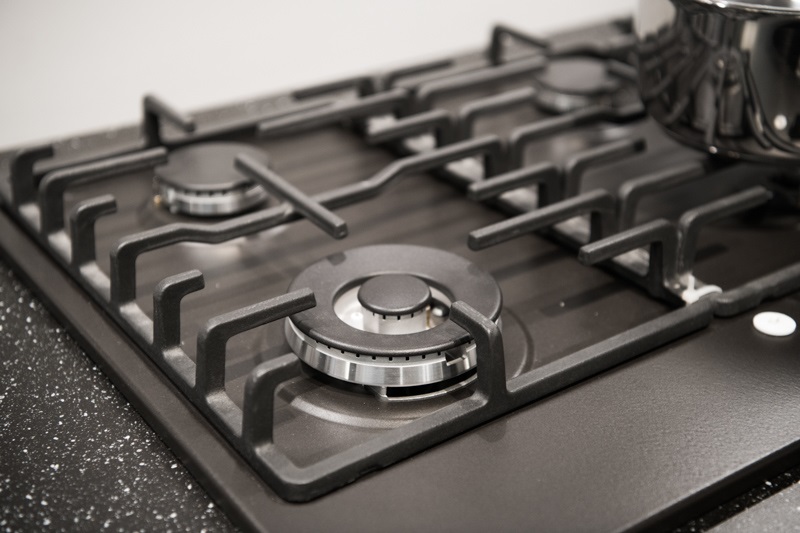Finding flying ants indoors is never a fun surprise. These tiny, winged insects seem to come out of nowhere, filling rooms and corners with their relentless buzzing. While they might look like regular ants, flying ants signal that it’s time to take action before they multiply. In this guide, we’ll explore what makes flying ants appear, effective ways to eliminate them, and some new ideas to keep them from coming back. Whether you’re dealing with a one-time invasion or a recurring problem, you’ll find everything you need to know about removing these pests in a way that’s simple, safe, and kid-friendly.
Why Do Flying Ants Appear Indoors?
Flying ants are not a unique species of ants; they’re regular ants that have developed wings for a specific purpose: reproduction. When ants mature, they take flight in search of new mates and new places to build colonies. This “swarming” phase usually happens during warm, humid weather, often after heavy rain. Sometimes, they end up indoors, especially if they find food, moisture, or small openings that lead them to shelter.
The good news? Flying ants in the house don’t necessarily mean an infestation. However, if you see them regularly, it could indicate that there’s an ant colony either in or very close to your home.
Signs of a Flying Ant Infestation in Your Home
Before diving into removal methods, it’s helpful to determine if you’re dealing with a temporary swarm or an actual infestation.
Here are a few signs to look out for:
- Frequent sightings of flying ants in specific areas of the house.
- Presence of ant wings near windowsills, door frames, or countertops.
- Lines of worker ants (the non-flying ones) near food or water sources.
- Small holes in wooden structures (which might indicate carpenter ants, a common type of flying ant that can damage wood).
If you notice any of these signs, you’re probably dealing with more than a casual visit. But don’t worry—there are several effective methods to tackle the problem!
Step 1: Identify Their Entry Points
The first step in getting rid of flying ants is to figure out how they’re getting inside. These tiny creatures can enter through cracks, holes in window screens, and even gaps around doors. Here’s a practical approach to locating their entry points:
- Check all doors and windows to ensure they’re sealed properly.
- Look around vents and utility openings; these are common pathways.
- Inspect the foundation of your home, especially in basements and attics, for any small openings.
Blocking these entry points is crucial. Caulk, weather stripping, and mesh screens are all effective tools for sealing potential ant pathways.
Step 2: Natural Repellents That Work
If you’re hoping to get rid of flying ants without harsh chemicals, natural repellents can help you keep them at bay. Using these solutions is an excellent choice for families, especially with young kids and pets. Explore Hatchettgardendesign blog for a deeper look into natural pest management ideas.
Popular Natural Remedies
- Lemon Juice and Vinegar Spray
Mix equal parts of lemon juice and vinegar in a spray bottle. Ants hate acidic scents, so spraying this mixture around your house, especially near windows and doors, can help repel them. Plus, vinegar doubles as a disinfectant, making it great for kitchen use. - Essential Oils
Peppermint, eucalyptus, and tea tree oil are all known ant repellents. Add a few drops to water, then spray the mixture around the areas where you see ants. The oils create a scent barrier that confuses ants and deters them from entering. - Diatomaceous Earth
Diatomaceous earth is a powder that, when spread around entry points, can prevent ants from crossing. This powder is safe for humans and pets but deadly for insects due to its microscopic sharp edges.
Step 3: Home Treatments to Kill Flying Ants
Sometimes, natural methods don’t completely eliminate flying ants, especially if they’re already settled indoors. If you’re facing a bigger problem, here are some tried-and-true methods that can help:
- Borax and Sugar Bait
Mix one part borax with one part sugar and place it near the ants’ trail. The sugar attracts them, while the borax kills them. Borax works because it damages the ants’ digestive systems, effectively eliminating entire colonies over time. - Soapy Water Spray
Soap breaks down the ants’ exoskeleton, which kills them on contact. Mix water with dish soap and spray it directly on flying ants whenever you see them. It’s simple, affordable, and an effective quick fix. - Commercial Ant Traps
Store-bought traps are another solution, especially for larger infestations. These traps contain poison that ants bring back to their colonies, gradually eliminating the entire population.
Related: Cleaning Made Easy: Efficiency Tips for the Effortlessly Clean Home
Step 4: Prevention to Keep Ants Out Long-Term
Prevention is key to keeping flying ants from reappearing. Here’s a list of preventive actions that can keep your home ant-free:
- Maintain a Clean House
Flying ants are attracted to food, especially sugary items. Be sure to clean countertops, sweep crumbs, and store food in airtight containers to avoid attracting ants. - Address Moisture Issues
Ants love damp areas, so fix any leaking pipes or dripping faucets. Running a dehumidifier in moist areas can also make your home less attractive to flying ants. - Trim Outdoor Plants and Seal Firewood
Ants often enter through plants touching the house or by crawling on firewood stacked near entry points. Keep plants trimmed and store firewood away from doors and windows.
Step 5: Using Alternative Tricks to Get Rid of Flying Ants
Thinking outside the box can sometimes lead to surprising solutions. Here are some unique ideas:
- Electric Bug Zappers
Bug zappers are effective for killing flying insects, including ants. Place them near windows or lights that attract the ants. - Coffee Grounds
Ants hate the smell of coffee. Spread used coffee grounds near entry points or in gardens to create a scent barrier. - Cucumber Peels
For reasons unknown to us, ants despise cucumber. Placing cucumber peels around the house can act as a simple, natural ant repellent. - Vacuum Regularly
Vacuuming might seem obvious, but it can work wonders. Flying ants often settle on walls and surfaces, so vacuuming them up is an easy, mess-free solution.
Tackling Related Issues
Flying ants aren’t the only tiny intruders that cause problems in the home. If you have house plants, you might also encounter compost flies. These pests are attracted to moist, decaying matter in the soil, especially in compost mixes. But how to get rid of compost flies in house plants.
A simple way to combat them is to reduce watering frequency, as damp soil attracts more flies. Additionally, covering the soil with a thin layer of sand can keep compost flies from laying eggs. This approach doubles as an effective flying ant prevention tip for those keeping plants indoors.
Related: How to Get Rid of Flying Termites in Your House: DIY Tricks and Prevention
Professional Help: When Should You Call an Exterminator?
While DIY solutions can be incredibly effective, a professional exterminator might be necessary for severe infestations. If you see large numbers of flying ants every year, it could mean there’s a colony in your walls or floors that you can’t reach with at-home methods. Exterminators use specialized treatments to safely and thoroughly remove the problem.
Final Thoughts
To sum up, getting rid of flying ants involves a combination of identification, targeted treatment, and preventative measures. By sealing up entry points, using natural repellents, and eliminating any existing ants with DIY or store-bought methods, you can effectively handle most situations.






